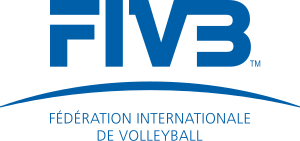
Governing Bodies
International Governing Bodies

Special Olympics

Fédération Internationale de Volleyball
Introduction:
Adaptive Volleyball in the Special Olympics is a modified version of traditional volleyball designed to meet the needs of athletes with intellectual disabilities. It emphasizes teamwork, inclusion, participation, and skill development rather than purely competitive play. There are two main formats used: Traditional Volleyball: Teams of Special Olympics athletes play under standard volleyball rules with slight adaptations if needed. Unified Volleyball: Teams include both athletes with and without intellectual disabilities (called Unified Partners), promoting inclusion and equal participation.
History of the Sport:
1968: The Special Olympics movement was founded by Eunice Kennedy Shriver, introducing inclusive sports for athletes with intellectual disabilities. 1970s–1980s: Volleyball became an official Special Olympics sport, recognized globally. 1990s: The Unified Sports program was introduced, including volleyball, blending athletes with and without disabilities on the same teams. Present: Adaptive Volleyball is now part of Special Olympics competitions at local, national, and international levels (including the Special Olympics World Games).
Rules – How to Play the Sport:
While the core rules are based on FIVB (Fédération Internationale de Volleyball) standards, Special Olympics Volleyball adapts them for fairness and safety such as:
1. Court and Equipment
2. Team Composition
3. Game Play
4. Service and Play Modifications
5. Classification Levels
6. Key Rule Adaptations


